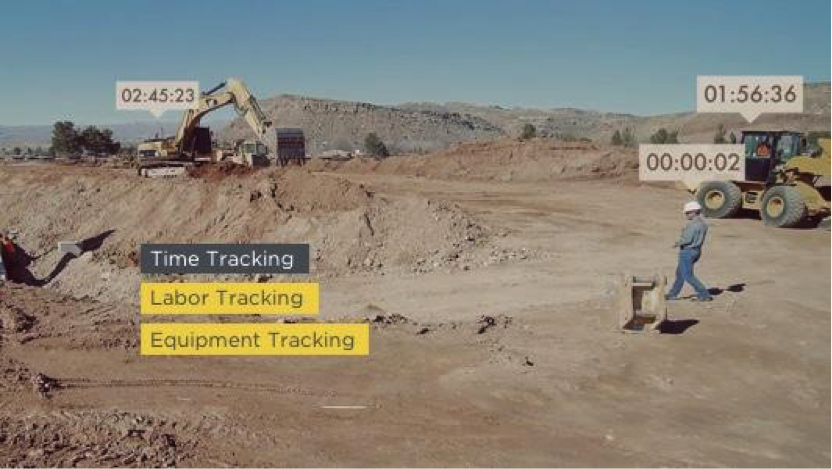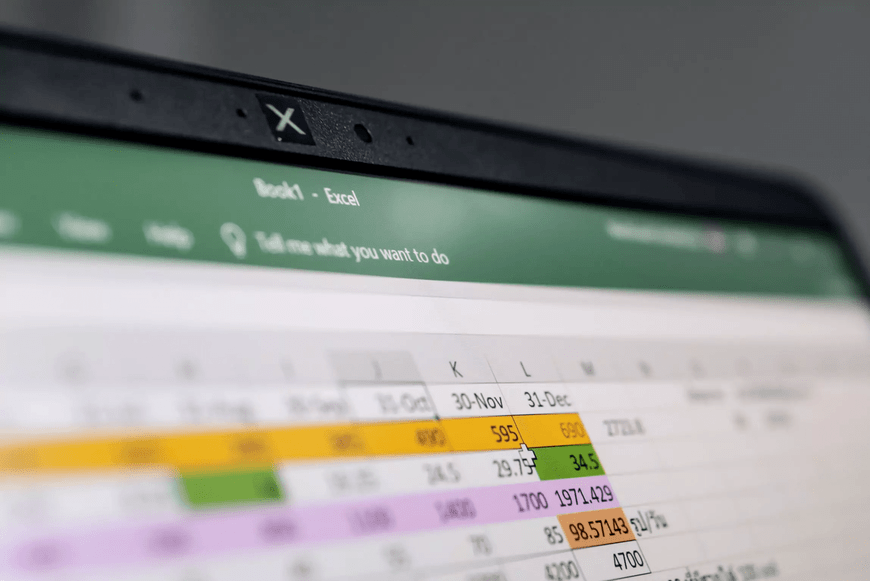
The push for productivity improvements is a constant refrain in the construction industry. Schedule and cost overruns are notoriously common, as the complexity of projects, materials, and costing variables continues to increase. The evidence, according to KPMG’s Global Construction Survey 2017, indicates that many firms are still struggling to adapt, and their productivity suffers as a result.
Productivity is a multi-faceted concept that includes project planning, employee training and development, tools and equipment, and general business management. One of the main drivers of productivity improvement is the use of information technology to integrate these elements into one cohesive business model.
Construction technology leads the way
It’s true that more and more success stories show how some companies have evolved to keep pace and excel in this technological environment. But a major challenge for many small and medium construction enterprises is figuring out how to take the first step in developing a technology-based business platform. Where should they invest their time, money, and human resources to make the greatest positive impact with the least possible disruption to established routines and practices?
Tech to replace paper time cards
For smaller firms, the wholesale adoption of an enterprise-wide digital, paperless management system is not a practical option, because of prohibitive upfront costs and the need to keep all hands focused on jobsite works-in-progress. Lack of investment capital and lack of training time for a new system prevents this kind of major leap.
The most obvious point of entry into the advantages of digital business management is in the replacement of paper time cards and equipment logs with a digital time and equipment tracking system. This approach has several advantages, including low cost and familiar procedures involved in implementation.
Low-cost construction technology
Crews are already used to the process of tracking their time, so a new digital system is instantly understandable and can be adopted without the need for re-training the workforce.
Cost per user is typically around $10 a month (give or take a couple dollars) for the leading software solutions. busybusy offers a free version of a fully featured time tracking and payroll calculation app, making the decision to start even easier.

Immediate ROI
The use of a mobile time tracking app pays off immediately in 3 ways:
- The elimination of paper costs and time lost in completing, calculating, and collecting time cards by hand saves money to cover the costs of the app subscription.
- The improvement in accuracy of reported labor costs and the automatic calculation of payroll drives large gains in retained earnings that fall straight to the bottom line.
- Additional details about job costing activities and project execution recorded in the app can lead to improved productivity in estimating and executing future jobs.
Technology that pays you now… and later
The advantages of taking this approach to adopt technology solutions are:
- the cost of entry is low
- the payoff is immediate
- the learning curve is short.
And these are only the initial benefits. Over time, additional data and analytical reports can be added to the business model as the digital culture of the organization evolves. This digital culture is the basis for the future of construction productivity growth, and the future is now.











